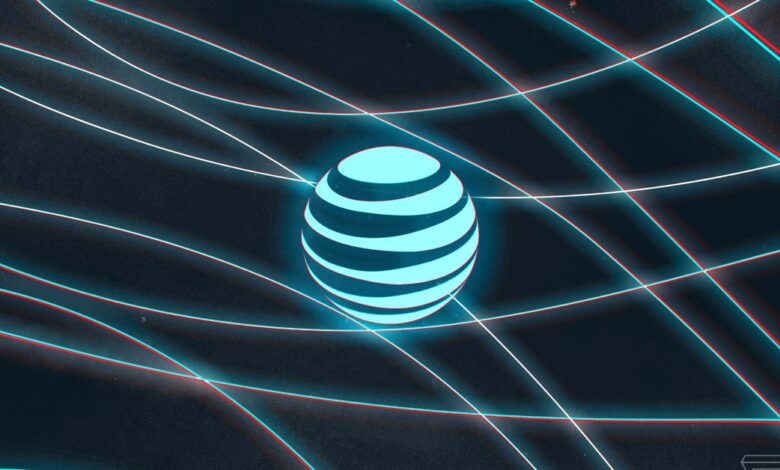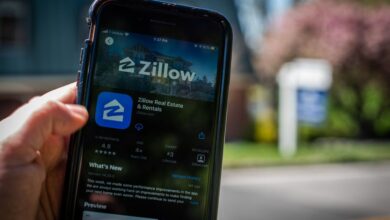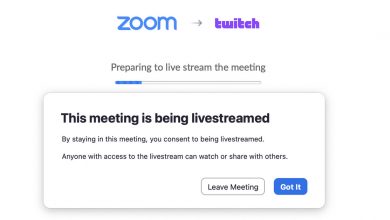AT&T 5G Plus is coming soon to a handful of US airports

[ad_1]
AT&T has announced a partnership with Boingo Wireless to bring its fast mmWave 5G — which it calls 5G Plus — to more US airports, with a goal of seven by the end of the year and 25 by the end of 2022. That’s counting its first deployment in Tampa International Airport earlier this year. There’s a little bit of a catch, though; travelers will only find 5G Plus in certain areas of the airport, like major gates and concessions areas. Still, it’s one place where range-limited but powerful mmWave might actually make sense. When else do you need to download an entire movie while you wait for your latte?
Boingo is known for providing Wi-Fi to air travelers, but what AT&T is deploying isn’t 5G-branded Wi-Fi. Any AT&T subscriber with the right phone and a 5G plan will be able to connect automatically to the network. As a reminder, not all 5G phones include mmWave support; the iPhone 12 and Galaxy S21 series do, but it’s scarcer among midrange and budget devices. And AT&T isn’t the only one teaming up with Boingo on airport 5G: Verizon announced its own partnership in 2019, and it currently offers its fastest 5G flavor in a dozen airports, including Tampa International.
Bringing mmWave 5G from the outside to indoor locations presents some unique challenges: the higher frequencies it uses provide huge capacity and speeds but don’t travel far and are easily stopped by walls, windows, and other obstacles. However, according to AT&T’s SVP of Network Infrastructure Mo Kabiteh, focusing deployment within high-traffic indoor locations is in many ways easier than bringing mmWave to an open-air location like a city block. Working with one building owner tends to be easier than with many building and land owners to lease space for equipment, for example.
Kabiteh sees strategic 5G Plus deployments like these as an important piece of its overall 5G strategy in the next few years. Speaking to The Verge, he emphasized that the company has first focused on extending its 5G coverage nationwide, using mmWave for dense urban areas and venues, which he says are the places “where 5G plus really shines.” Verizon, on the other hand, put more emphasis on mmWave 5G early on, which hasn’t panned out very well; according to Open Signal, Verizon users that it tracked over a recent 90-day period spent less than 1 percent of the time connected to mmWave.
AT&T still has plenty to prove with its 5G network after a rocky start. To that end, the company made a bunch of other partnership announcements today, mostly centered on entertainment and augmented reality applications. The company has introduced interactive AR Space Jam characters, thanks to a partnership with Facebook Reality Labs, and it’s working on more AR features for the WNBA’s app, among other things. While potentially useful and sensible 5G developments are underway, the 5G hype machine sure hasn’t gone anywhere.
[ad_2]
Source link





